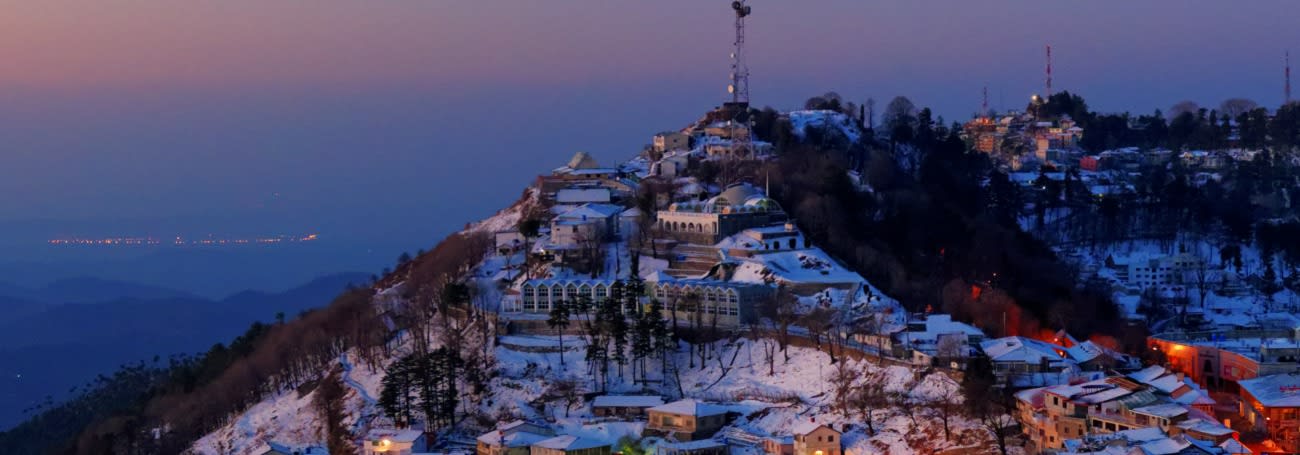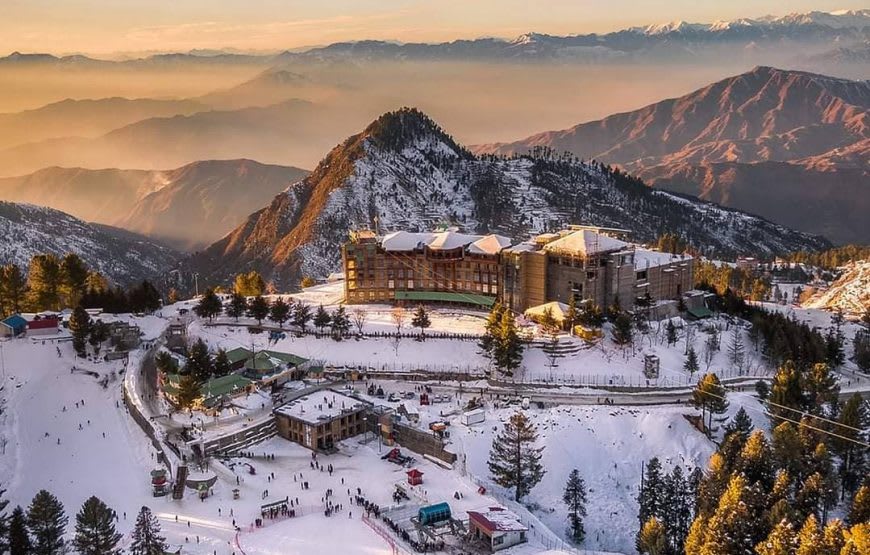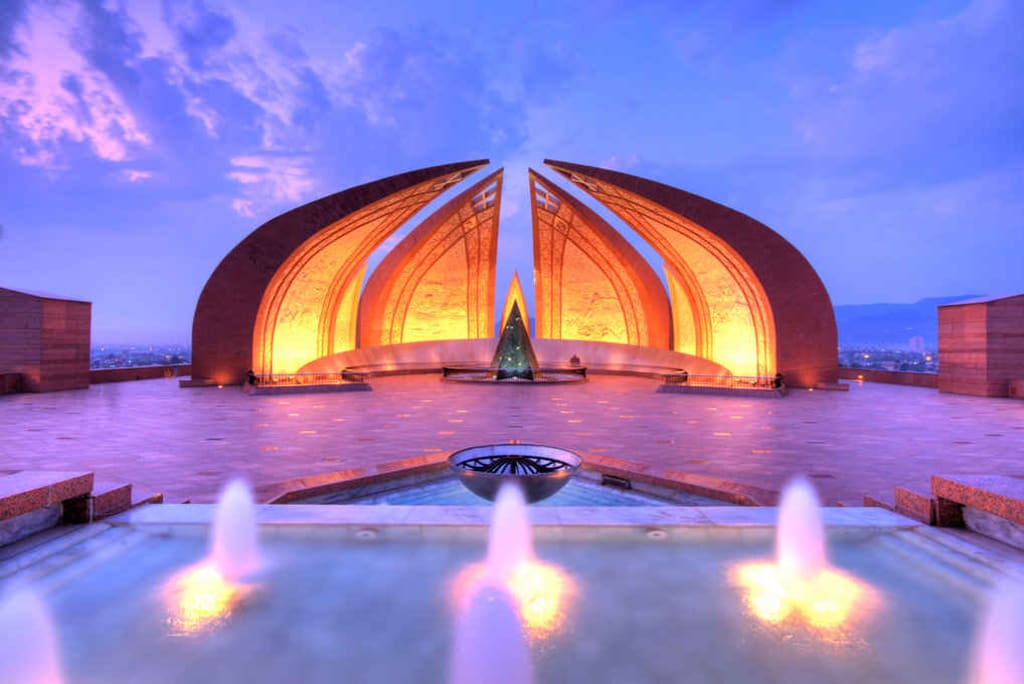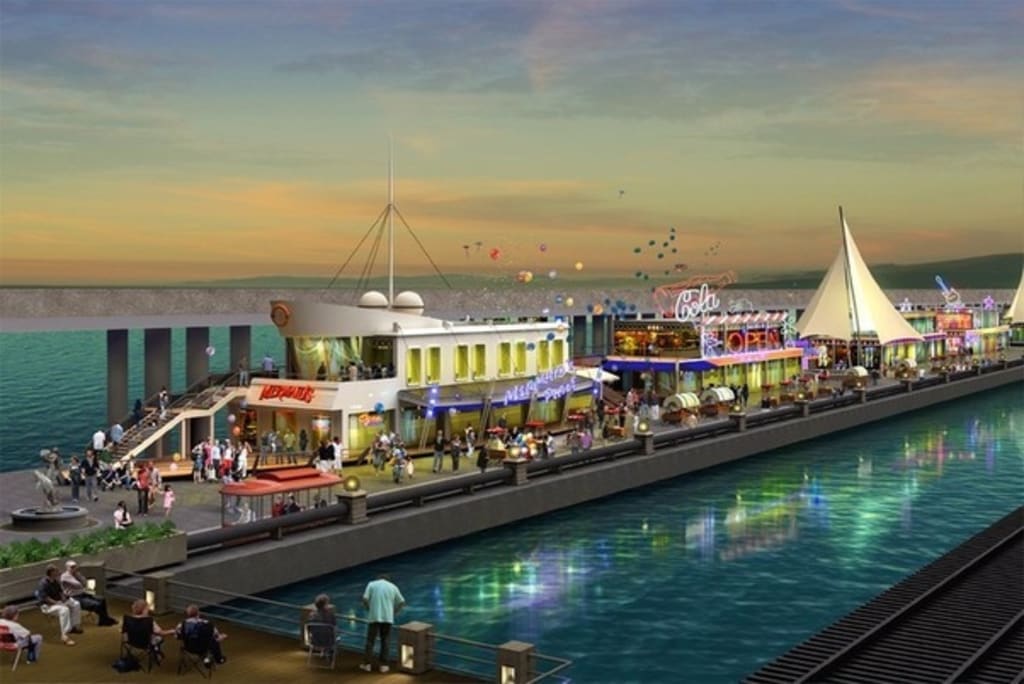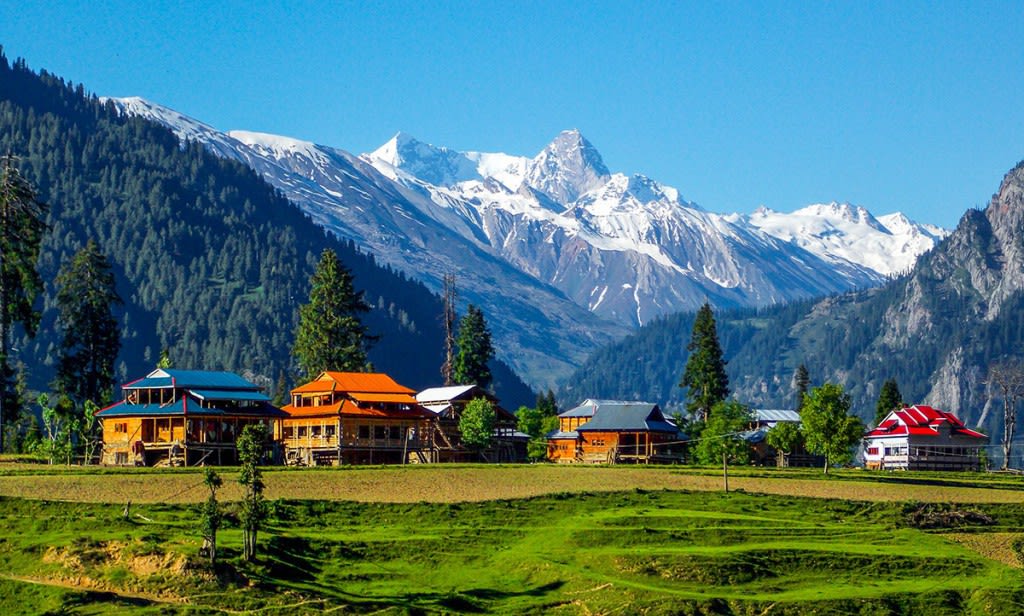Takht Bahi is an archaeological site in Khyber-Pakhtunkhwa, Pakistan of the Ancient Buddhist Monastery. The site is regarded as one of Gandhara’s most magnificent remains and has been exceptionally well maintained.
There are several interpretations of the word Takht-i-Bahi. Local think its name comes from the two wells on the hill or from adjacent springs. Takht means “top” or “throne” in Persian, whereas bahi means “spring” or “water.” together it means “spring from the top” or “high spring”, and on the top of the mountain there are two springs. The ‘throne of Origin’ is another possible interpretation of the word Takht Bahi
Founded in the first century, the Buddhist monastery was in operation until the 7th century. The structure is considered particularly typical of the architecture of Buddhist monastic establishments since its time by archaeologists. In 1980 Takht-i-Bahi was declared World Heritage Site by UNESCO.
The remains are situated in Khyber-Pakhtunkhwa province, Pakistan, some 15 kilometers from Mardan. Nearby is a tiny walled town from the same era. Ruins are also located near a modern, same-name settlement. It is around 150 m above sea level and about 2 km from the village bazaar.
The area is notable for the production of sugar cane, wheat, maize, vegetables. Once it was secluded, it has now a road and parking place.
Takht Bahi Complex Structure
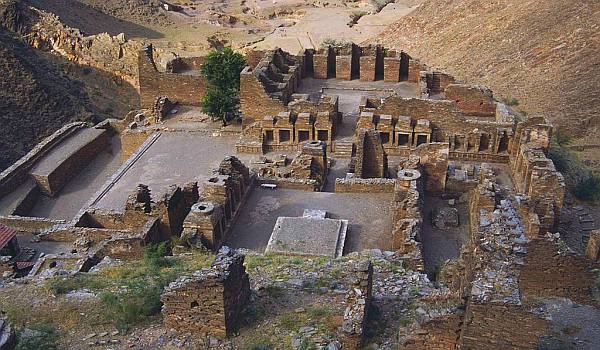
The Takht Bahi complex consists of four primary areas:
The Stupa Court, a collection of stupas in a central courtyard.
The monastic chambers include a courtyard, meeting halls, and a dining area with private cells.
A temple compound consisting of stupas, but it is of modern construction comparable to the Stupa Court.
The Tantric monastic complex is made up of tiny, gloomy chambers with low entrances that might have been utilized for specific kinds of tantric meditation.
Additional buildings on the site may have acted as or for secular reasons, homes, or meeting spaces. All of the buildings on the site are built in local stone and filled with mud and lime.
Construction and Destruction of Takht Bahi
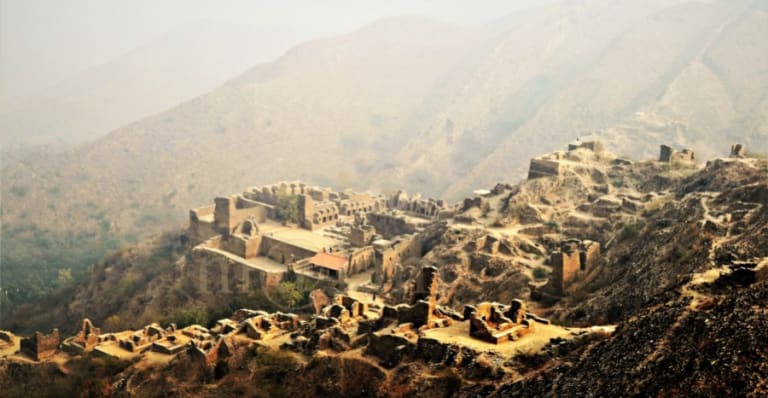
The history of this complex was split into four phases by archaeologists’ starts from the first century BCE.
The monastery structure was probably built at the beginning of the 1st CE. The inscriptions with the name Gondophares (20–46 CE) prove that they were built by them. It was Kujula Kadphises, the first of Kushan kings, who got the Gondophares’ authority after that.
This initial period was in use until the 2nd century CE, when another Kushan king, Kanishka, and early Parthian, and later Kushan kings were connected with it. During the 3rd and 4th century CE the second phase of construction of the building was done, which comprised the establishment of the Stupa Court and of the assembly hall.
During the fourth and fifth centuries, the third phase of building was started, which was linked to the subsequent Kushan dynasty and the Kidara Kushana emperors.
In the middle of the fifth century, the area was ruled by the Huns which ended the dominion of Kushan. The Hun Toramana and later Mihirakula, his son, launched the Gandhara people’s massacre and mass devastation of Buddhist temples. In the same horrific era Huns appears to have demolished the Buddhist monastery of Takht-i-Bahi.
However, until the 7th century CE, the complex was in use. In 1836 the French officer made the first modern historical reference to these ruins; the Buddhist ruins are located in a place called Mazdoorabad.
This site was explored and excavated in 1864. The British Museum contains a considerable number of artifacts from the site. In the 1920s, the property was extensively restored.
Travel Guide
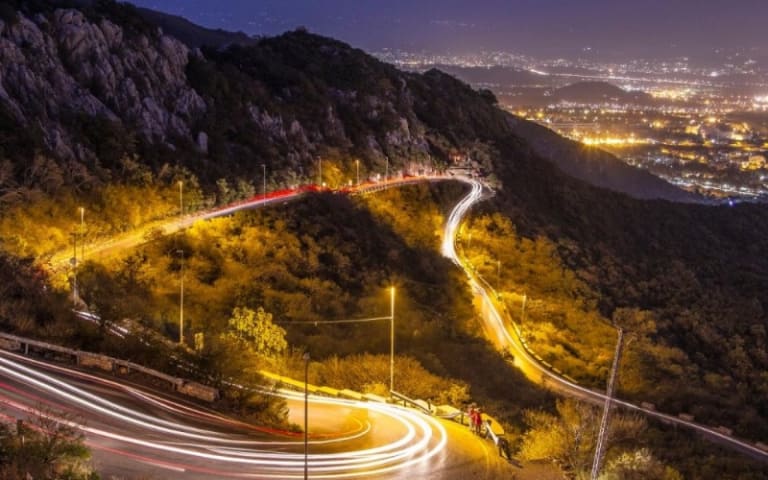
You may go from Peshawar or Islamabad to Takht Bahi. It’s generally a day trip that combines Takht Bahi and nearby sites to visit.
Islamabad to Takht Bahi is 155 kilometers and from Peshawar, it is 65 Kilometers, people also take the route from Islamabad to Saidu Sharief to Takht Bahi and it is 265 Kilometers journey.
For people who appreciate history, antiquities, and archaeology it is a genuine wonderful site. The design and the architecture are of the highest standard.
For local transporters, shop owners, and restaurant owners the inflow of tourists is a good source of income. The majesty and peacefulness of its architecture leave endless imprints on visitors’ mind and hearts.

